Testing a commercial probiotic designed to lower stress prior to and during transport
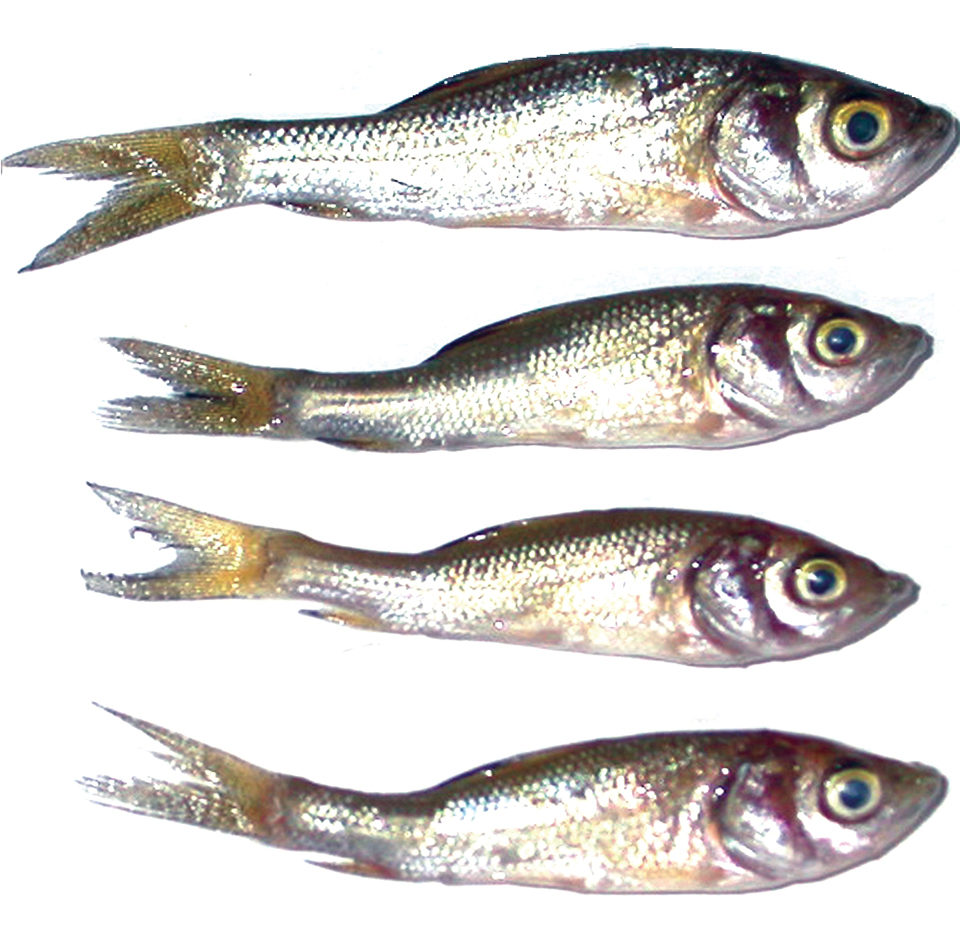
The packing and transportation of fish fry in hatcheries can cause stress, which results in mortalities and reduced performance. Many factors affect the survival of fish during transportation. Water exchange to provide oxygen for respiration and removal of toxic metabolites is limited, and fish often receive
limited food before packing to lower their metabolism. Water temperature is also reduced to lower metabolism.
The fish are concentrated to permit more efficient transportation. Handling, crowding and poor water quality can impose severe stress on fragile fry and fingerlings.
Probiotic study
In a study, the authors tested a commercial probiotic product designed to lower stress response prior to and during transport of live fish fry and fingerlings. The probiotic was a combination of microbial cultures and selected nutrients for use in shrimp, fish and reptilian hatcheries.
The Indian major carp (Catla catla) which is known to be sensitive to transportation stress, was used as a model species in the trials to determine the optimum dose of probiotic treatment prior to and during transport.
Study setup
Catla catla fry with initial total length of 2.48 cm and body weight of 1.04 grams were stocked into four tanks at the rate of 25 fry per liter. In each tank, 1,600 fry were stocked and fed ad libitum for three days.
During this time, each tank was treated with probiotic at the rate of 0 (control), 5, 10 or 15 ppm after water exchange, but before first feeding. The fry were not fed on the fourth day, when survival and final weight were recorded. Three replicates were maintained for each treatment.
On the fifth day, the fry were packed in plastic bags at a density of 400 fry per liter. The water in the bags contained added probiotic at doses corresponding to those used in the fry tanks. The bags were packed at 5:00 p.m. and left in the laboratory undisturbed until unpacking the following morning at 7.30 a.m.
Survival was monitored immediately after unpacking. The fry were restocked in tanks at the rate of 25 fry per liter. They were fed ad libitum 3 times per day, but no further treatment with probiotic was applied. Growth and survival were monitored for five days after the restocking.
Results
Treatment with the probiotic at 10 ppm resulted in the highest survival and growth of fry prior to packing. Mean survival of the fry in tanks with probiotic at 0, 5, 10 and 15 ppm were 79.6, 78.6, 85.1 and 78.5 percent, respectively (Table 1). Fry treated with probiotic at 0, 5, 10 and 15 ppm had grown to final mean weights of 1.10, 1.18, 1.22 and 1.10 grams, respectively (Table 2).
Raj, Cumulative survival of Catla catla fry, Table 1
| Treatment (ppm) | Survival (%) Day 1 | Survival (%) Day 2 | Survival (%) Day 3 | Survival (%) Day 4 |
|---|
Treatment (ppm) | Survival (%) Day 1 | Survival (%) Day 2 | Survival (%) Day 3 | Survival (%) Day 4 |
|---|---|---|---|---|
| 0 | 95.18 | 90.62 | 85.25 | 79.68 |
| 5 | 94.56 | 87.68 | 82.81 | 78.62 |
| 10 | 96.56 | 91.75 | 88.00 | 85.18 |
| 15 | 94.68 | 86.93 | 82.25 | 78.50 |
Raj, Weight of C. catla fry, Table 2
| Control | 5 ppm | 10 ppm | 15 ppm |
|---|
Control | 5 ppm | 10 ppm | 15 ppm | |
|---|---|---|---|---|
| Initial length (cm) | 2.480 ± 0.219 | 2.480 ± 0.219 | 2.480 ± 0.219 | 2.480 ± 0.219 |
| Initial weight (g) | 1.040 ± 0.296 | 1.040 ± 0.296 | 1.040 ± 0.296 | 1.040 ± 0.296 |
| Final length (cm) | 2.550 ± 0.246 | 2.630 ± 0.123 | 2.680 ± 0.169 | 2.800 ± 0.421 |
| Final weight (g) | 1.098 ± 0.028 | 1.180 ± 0.024 | 1.220 ± 0.021 | 1.100 ± 0.049 |
Treatment with probiotic at 10 ppm also resulted in better survival after unpacking. Mean survival rates immediately after unpacking were 90.8, 80.1, 92.8 and 89.1 percent, respectively, for probiotic treatments of 0, 5, 10 and 15 ppm. During the five-day “posttransportation” period, the mean survival of the fry that previously received probiotic at doses of 0, 5, 10 and 15 ppm was 84.1, 84.4, 91.6 and 82.1 percent, respectively. The corresponding final mean weights of the fish were 1.20, 1.21, 1.28 and 1.10 grams, respectively (Fig. 1).
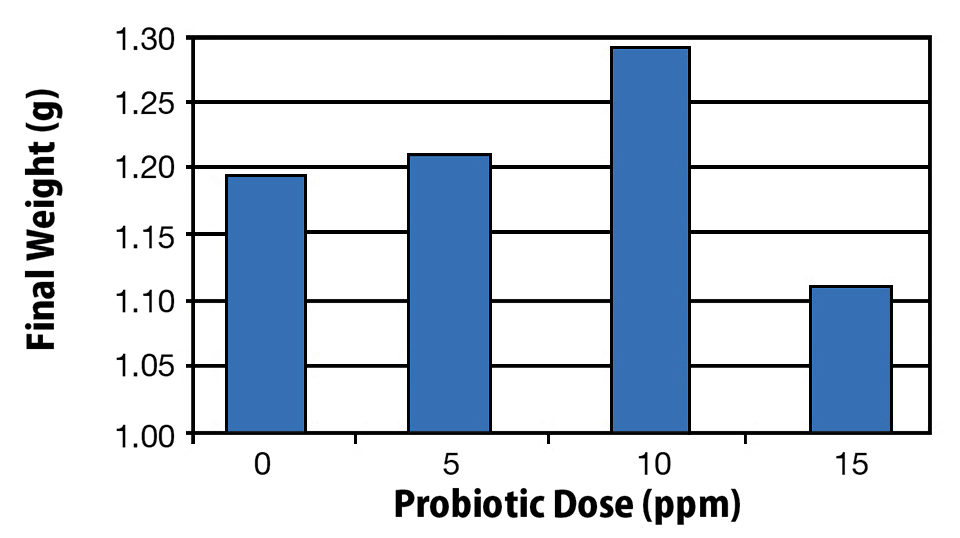
The study indicated that probiotic treatment at 10 ppm produced the highest fry performance in terms of survival and growth prior to, during and after transport. The reasons why the lower and higher doses sometimes resulted in poorer performance than the control are not known.
The higher dose almost always resulted in poorer performance when compared to the control. Based on the results obtained in this trial, it is prudent to avoid overdosage during probiotic treatments.
(Editor’s Note: This article was originally published in the January/February 2009 print edition of the Global Aquaculture Advocate.)
Now that you've reached the end of the article ...
… please consider supporting GSA’s mission to advance responsible seafood practices through education, advocacy and third-party assurances. The Advocate aims to document the evolution of responsible seafood practices and share the expansive knowledge of our vast network of contributors.
By becoming a Global Seafood Alliance member, you’re ensuring that all of the pre-competitive work we do through member benefits, resources and events can continue. Individual membership costs just $50 a year.
Not a GSA member? Join us.
Authors
-
A. Jesu Arockia Raj, Ph.D.
Bengis Centre for Desert Aquaculture
Albert Katz Department of Dryland Biotechnologies
Jacob Blaustein Institute for Desert Research
Ben-Gurion University of the Negev
Sede Boker Campus 84990, Israel -
M.A. Haniffa, Ph.D.
Center for Aquaculture Research and Extension
St. Xavier’s College
Tamil Nadu, India
Tagged With
Related Posts
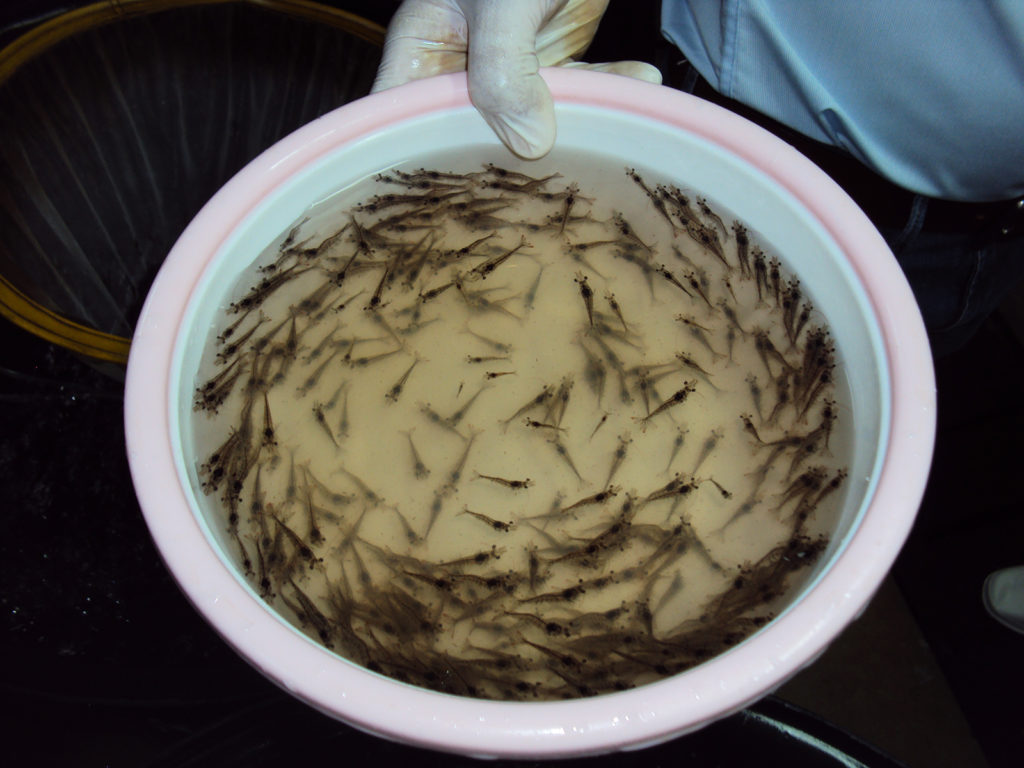
Health & Welfare
Assessment of supplemental Bacillus probiotics in whiteleg shrimp juveniles
Results of a feeding study supplementing probiotics in the diet showed that when the Bacillus species were complemented in an appropriate concentration into feeds, the growth and feed efficiency of whiteleg shrimp could be improved.
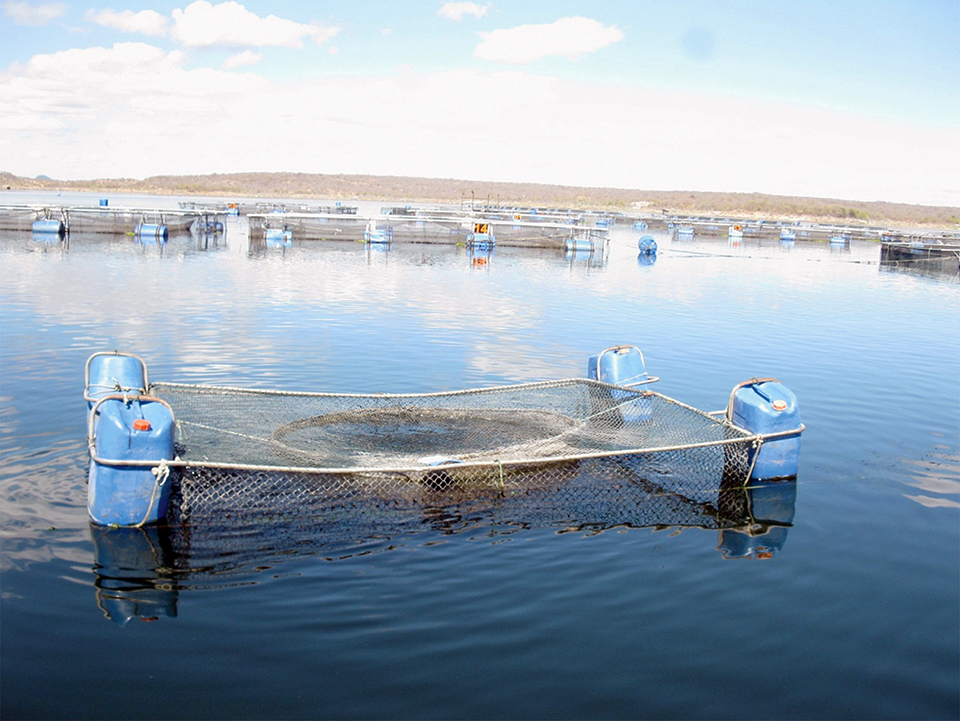
Health & Welfare
Bacillus probiotics benefit tilapia rearing under challenging conditions in Brazil
A recent study that evaluated the benefits of using probiotics with a balanced mixture of Bacillus bacteria strains to inhibit pathogenic bacteria in tilapia.

Health & Welfare
Bacillus probiotics improve hatchery, nursery production in EMS-hit Mexico
In early 2014, a trial to evaluate the effects of a mixture of Bacillus strains on early mortality syndrome bacteria during the larviculture and nursery phases for shrimp was carried out at a commercial hatchery in Mexico.
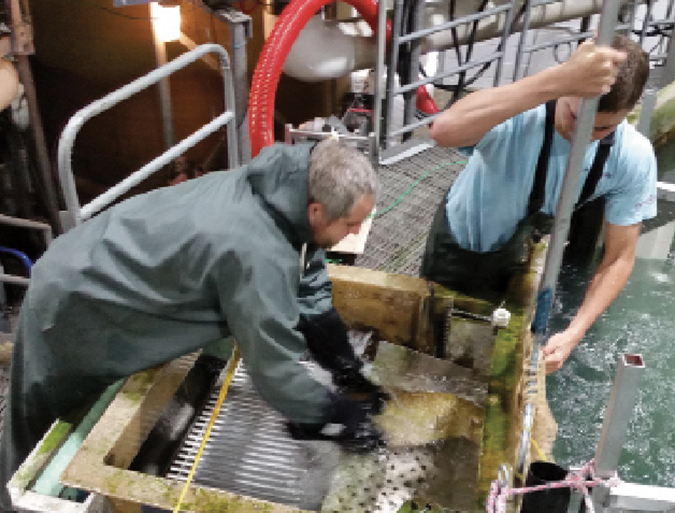
Health & Welfare
Novel air-based system transfers large salmon during harvest
To evaluate the application of an air pressure-based transport method within a recirculating aquaculture system, the authors performed testing with harvest-size salmon at The Conservation Fund Freshwater Institute.


